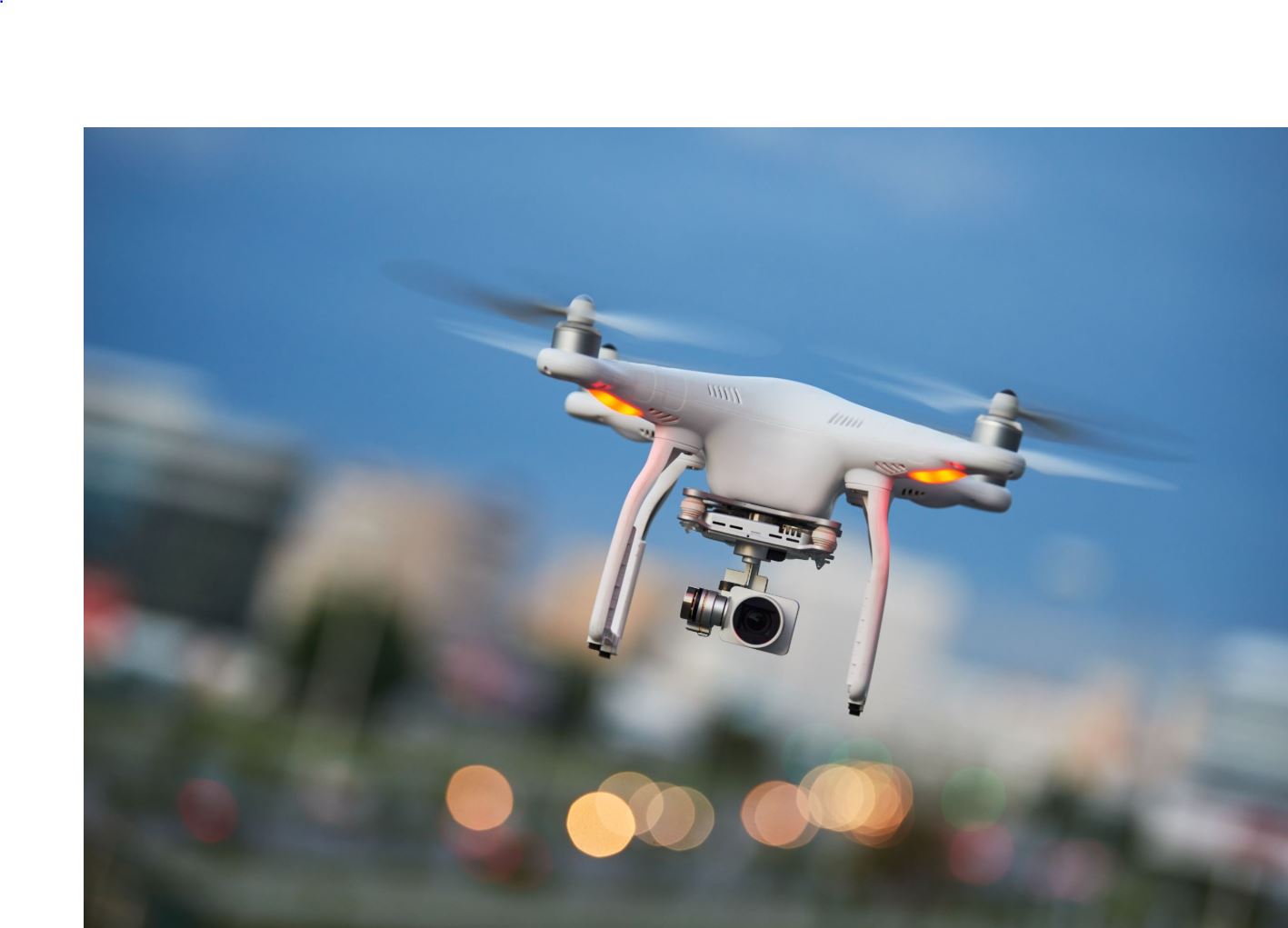 In mid-2024, Ukraine launched Operation Spiderweb with a surprise drone offensive that penetrated deep into enemy lines, while Israel used drones to deliver a precise strike against Iranian defences during Operation Rising Lion. Both actions show how these devices have shifted from military novelties to essential tools of modern warfare.
In mid-2024, Ukraine launched Operation Spiderweb with a surprise drone offensive that penetrated deep into enemy lines, while Israel used drones to deliver a precise strike against Iranian defences during Operation Rising Lion. Both actions show how these devices have shifted from military novelties to essential tools of modern warfare.
The simplicity and affordability of drone technology make it appealing not only to armies but also, worryingly, to extremist groups. Despite their cost‑effectiveness inspiring confident decisions on the battlefield, the same traits also lower the barrier for misuse.
Drones have already marked their presence on past battlefields. In 2020, Houthi militants paired drones with missiles to hit a Yemeni military camp, resulting in significant casualties. Then, in January 2024, a drone strike by Kataib Hezbollah resulted in the first American fatalities associated with enemy drone activity at a Jordanian outpost.
The conflict in Ukraine has further highlighted the evolving role of drones. With everyday commercial models being repurposed for combat, up to 70% of frontline casualties have been attributed to these versatile devices.
Closer to home, the risk extends beyond international battlefields. Between 2015 and 2019, the U.S. recorded several drone incursions at nuclear facilities, while airports in London experienced shutdowns due to unauthorized drone sightings. A recent breach over Langley Air Force Base only added to these concerns.
Even more unsettling is the merging of extremist ideologies, like accelerationism, with drone technology. Some radical groups see the targeting of critical infrastructure as a direct route to inciting public fear and systemic disruption.
Although most drone incidents aren’t driven by malicious intent, the situation in Ukraine shows how quickly these tools can be turned lethal. As non-state actors consider low-cost drones for bombings or kamikaze attacks, law enforcement must equip themselves with countermeasures such as signal-disrupting drone guns, jammers, and net-based interceptors—tools that, while effective, remain expensive and scarce.
Enhancing the regulation of retail drone sales is a crucial next step. Many U.S. drones lack built‑in geofencing features designed to restrict access to sensitive areas. Australia faces similar regulatory challenges, whereas the European Union has already mandated geo‑awareness and geofencing as standard.
Moreover, the DIY drone market—where parts are easily bought online or even 3D‑printed—adds another layer of risk. With minimal oversight, there’s a genuine danger that malicious actors could modify drones to bypass safety protocols. Just as there are proposals to regulate 3D‑printed firearms, similar measures for drone components are becoming essential. Encouraging commercial 3D‑printing services to keep records and embed serial numbers or digital watermarks could help curb the spread of untraceable parts.
Implementing these measures will raise both the cost and complexity for anyone seeking to misuse drone technology, while also providing authorities with the means to track and disrupt illegal manufacturing networks. If we hesitate too long, we risk a future where drones become common instruments for widespread disruption and terror.








